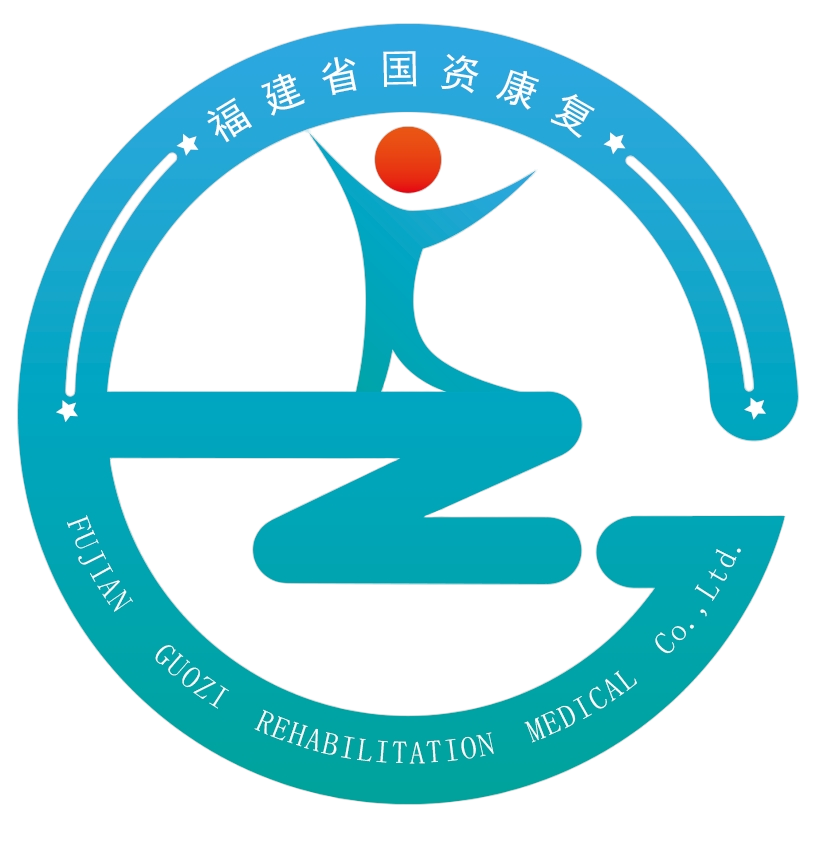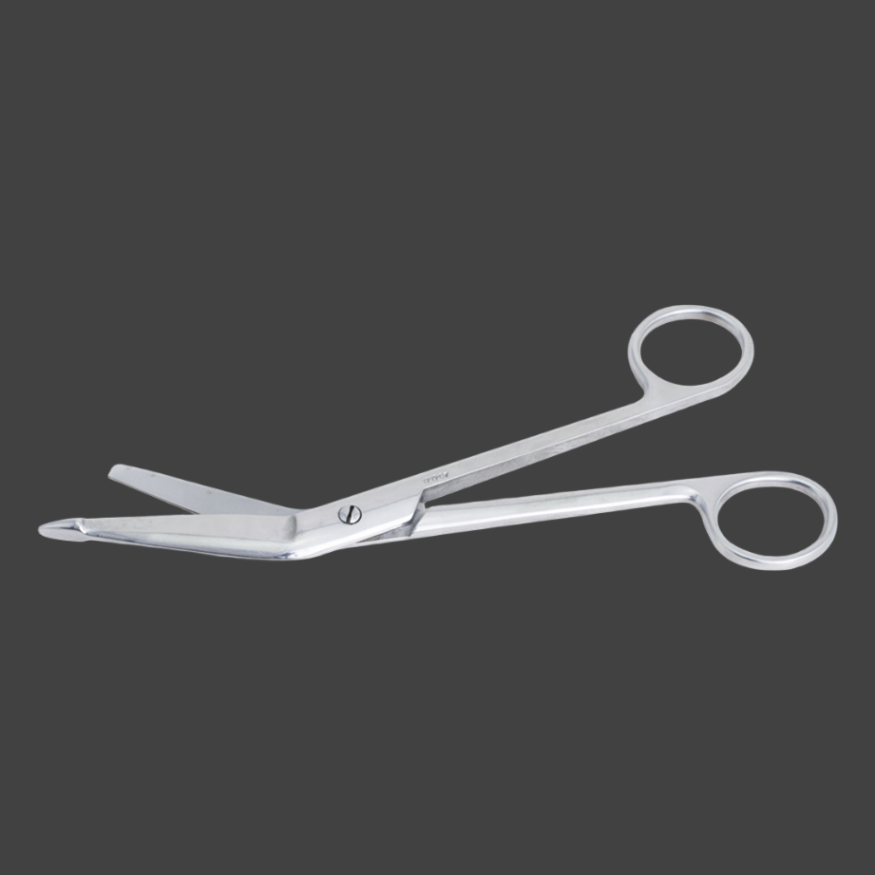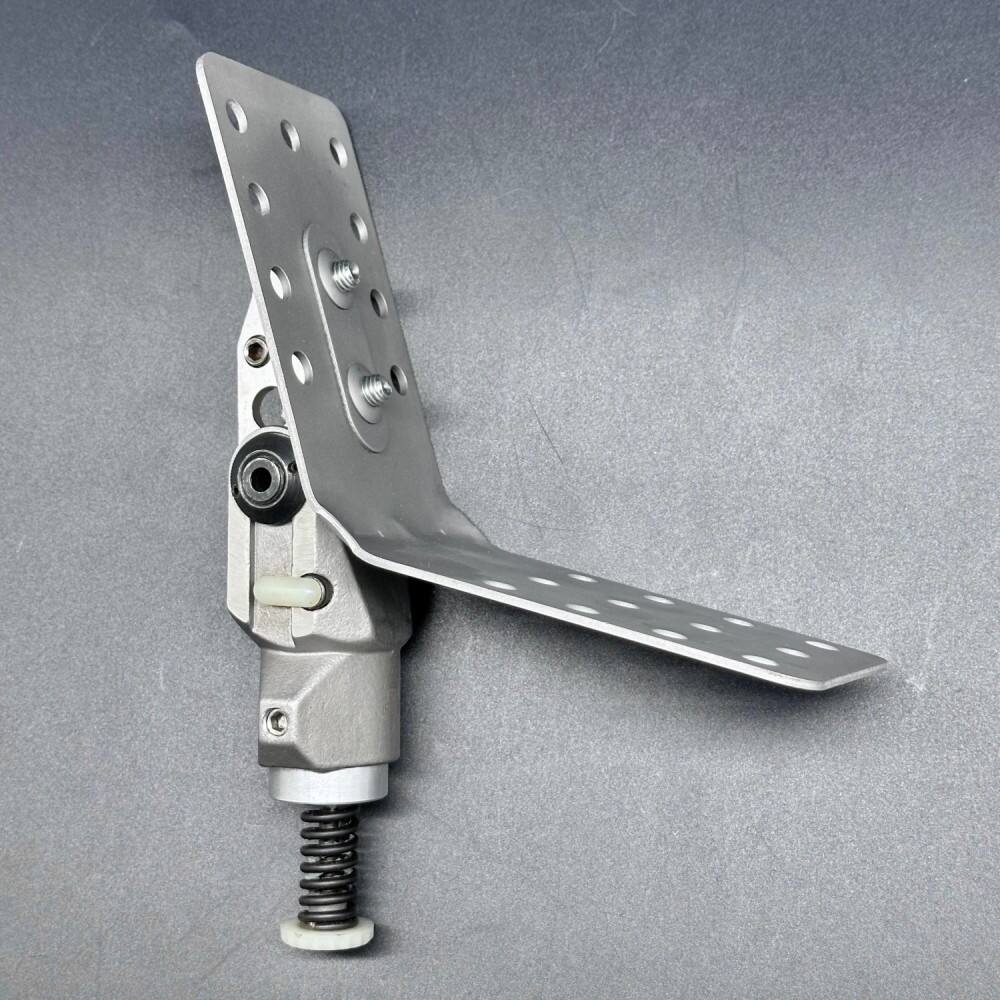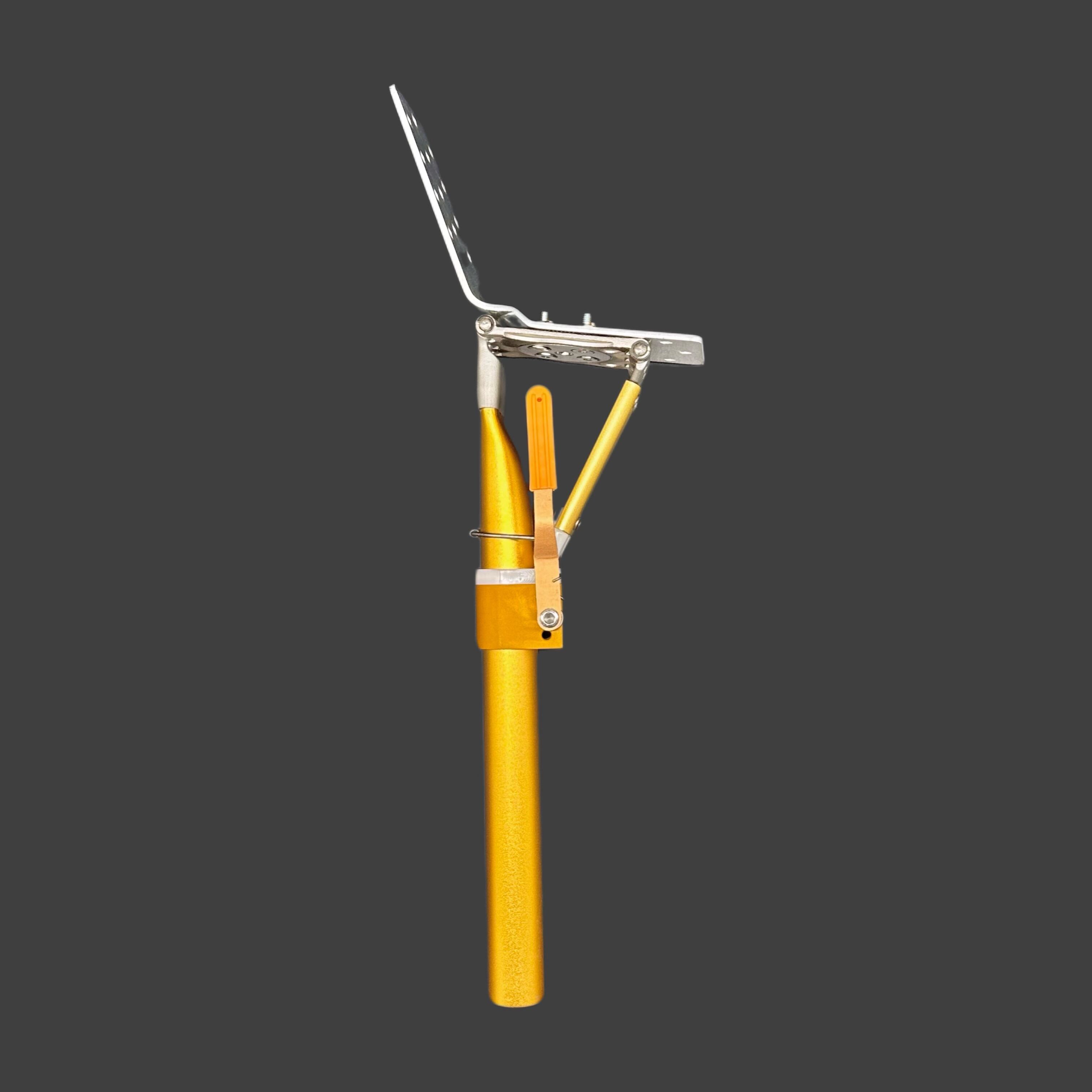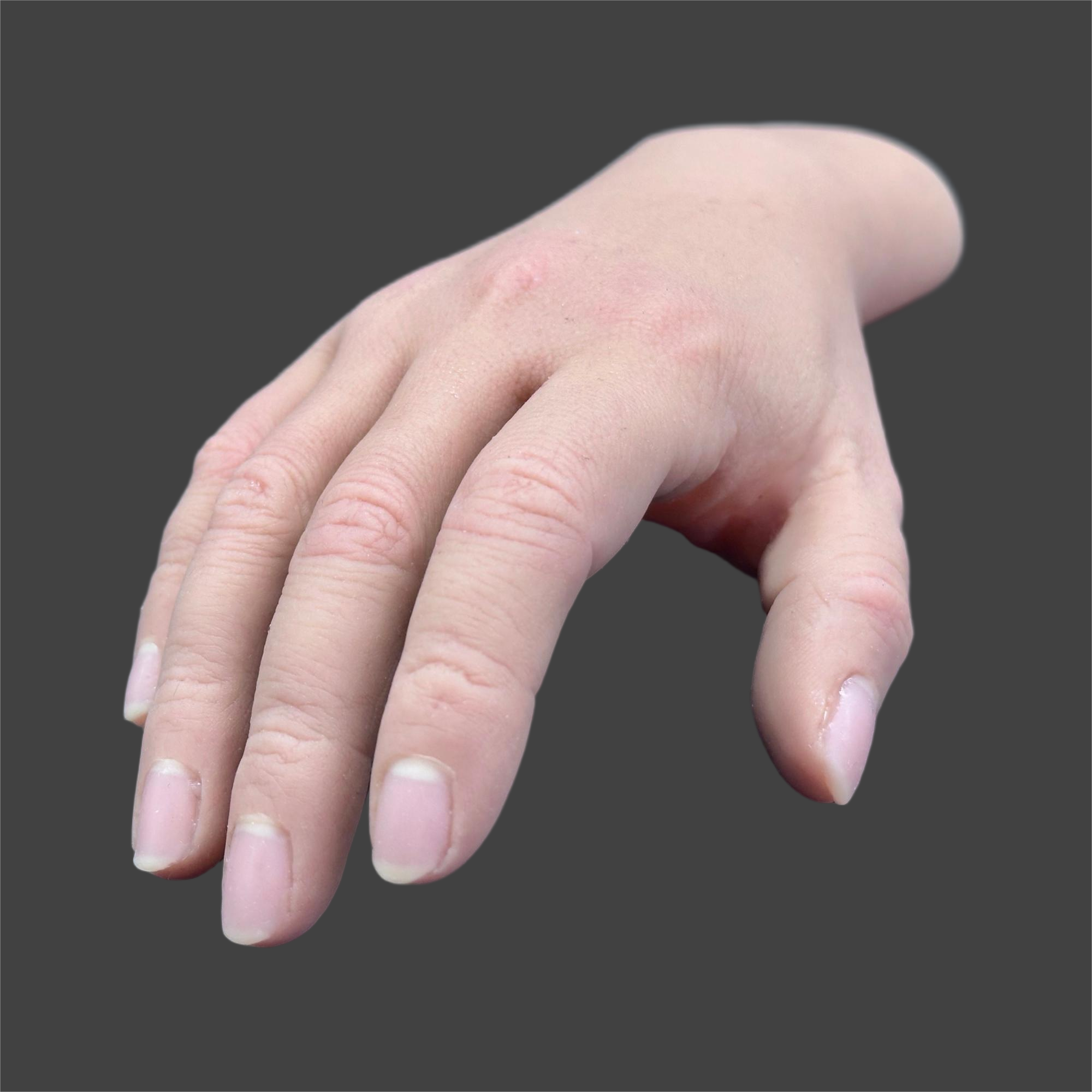Enhanced Mobility and Function
Below-knee amputation preserves crucial biomechanical functions that significantly impact daily life. The retention of the knee joint allows for natural walking patterns and improved balance control. This preservation means patients can maintain normal sitting and standing movements, crucial for independence in daily activities. The knee joint's natural proprioception remains intact, providing better awareness of limb position and movement. This enhanced spatial awareness contributes to more confident mobility and reduced fall risk. The preserved thigh muscles maintain their strength and function, enabling powerful movement and better control of prosthetic devices. This muscle preservation also helps maintain proper body alignment and reduces the risk of developing compensatory movement patterns that could lead to secondary complications.


